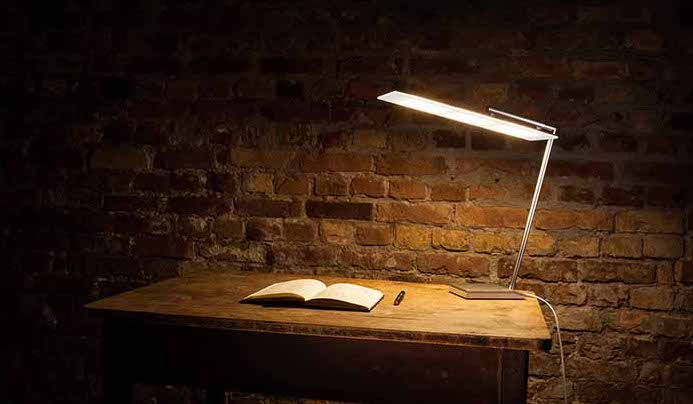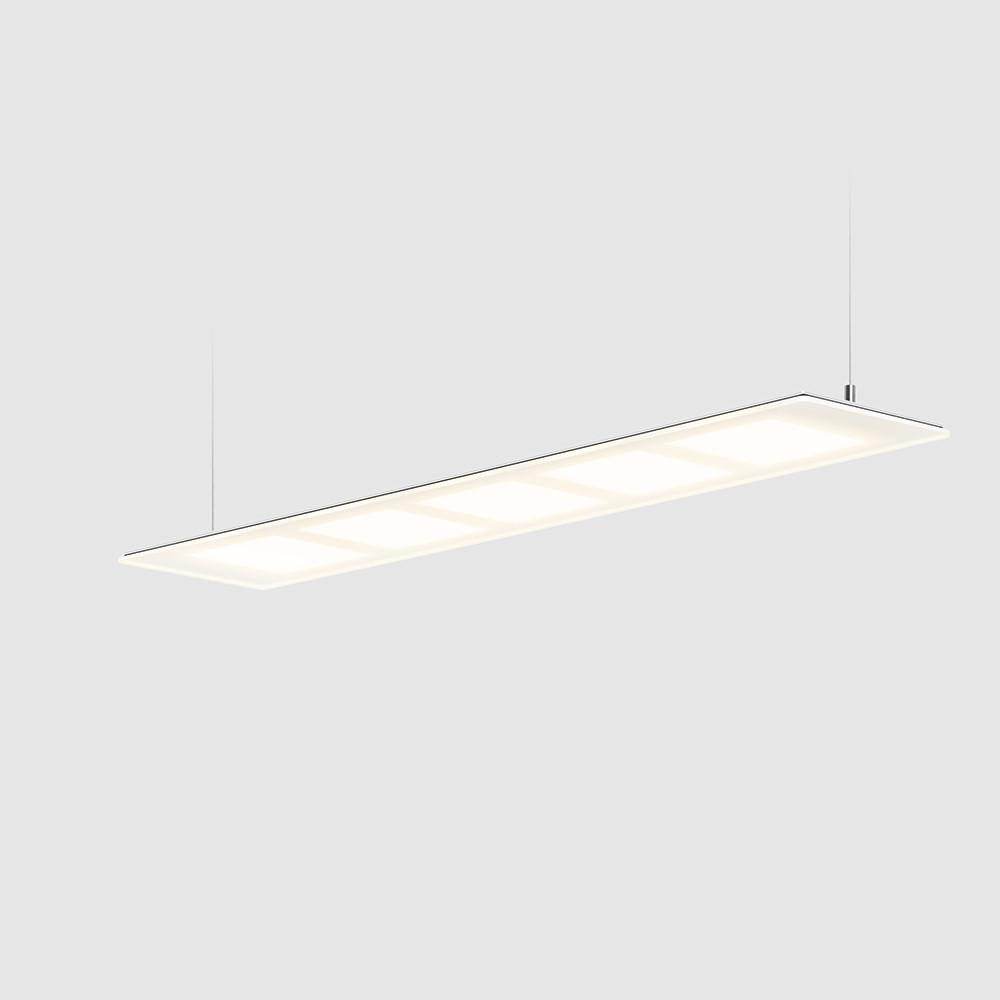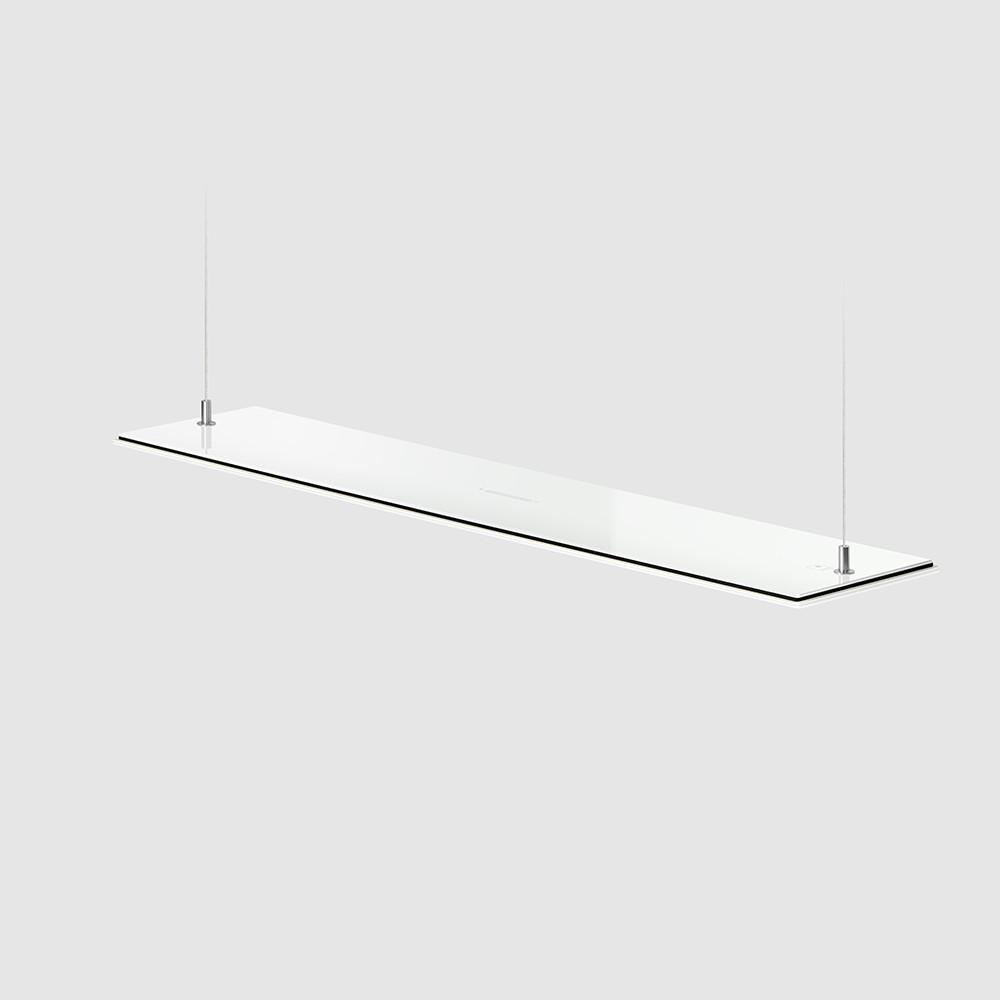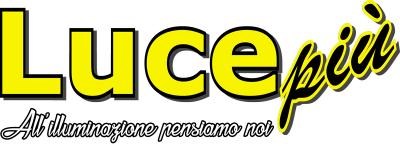OLED or LED: Love or Hate?
Hello all, in this article I will talk about the new family of products for the lighting designed by the lighting designer and inventor Thomas Emde and his team. He, in 2013, he founded the brand OMLED, with which, in 2014, introduced the first family of lights and OLED in the world, with products for the lighting of all days.

To better understand the products of which we speak, which I summarize below some concepts related to the OLED technology.
OLED stands for Organic Light Emitting Diode, namely diode, organic light-emitting. OLEDS are devices that are electro-luminescent organic, they produce light when they are traversed by an electric current, and the materials used are made from molecules based on carbon (hence the name organic).
Usually, the organic layers are able to emit only white light, but with the addition of some compounds elettrofosforescenti can emit light of red, green, or blue (RGB).
Today, OLEDS are optoelectronic devices organic the most studied and of which there are commercial applications for lighting and in displays.
Excluding the support on which they are prepared – which may be of glass or plastic, but also metal or silicon – thickness of a device is less than 0.5 micron, i.e. less than a hundredth the thickness of a human hair.
The main characteristic of the OLED is that it can have a structure that you configure on the two dimensions and all the shapes that you want.
With this new brand, Emde aims to recover a light, soft, and pleasant for all, which with the LED was missing. The light of the OLED does not dazzle, does not burn and is a solution for today's requirements regarding energy efficiency and sustainability.
The design of this new family of products has seen Emde and his team concentrated on reducing to a minimum all components, the common objective was to give importance to the light itself. For this reason, the structure of these products, OLED has been achieved only with frosted glass and printed, thing that makes the light even softer.
Also, you have added the touch sensor to dim the lights and turn them on/shut them down, which (together with the electronic components of the driver) is integrated into the cover glass of the lamp. Ease of replacement of the panels not to be underestimated.
A type of light that is completely new, visionary, is an example of the suspension lamp s5 awarded the prestigious award of the global Good Design Award 2014.


At first glance it would seem that LEDS and OLEDS are destined, sooner or later, to clash because both are used in the manufacture of lighting products. And yet, as evidenced by the words of the same Embde is not so: “the LED is a dot light source which can illuminate surfaces from a large distance. The OLED as a light source in two dimensions with an excellent color rendering, can be used in close proximity to people and is capable of illuminating the surrounding environment without glare.”. The two technologies thus appear to be complementary and indispensable to one another to create a range of products that move away definitively from the market for the old bulbs.
Anna Colarusso